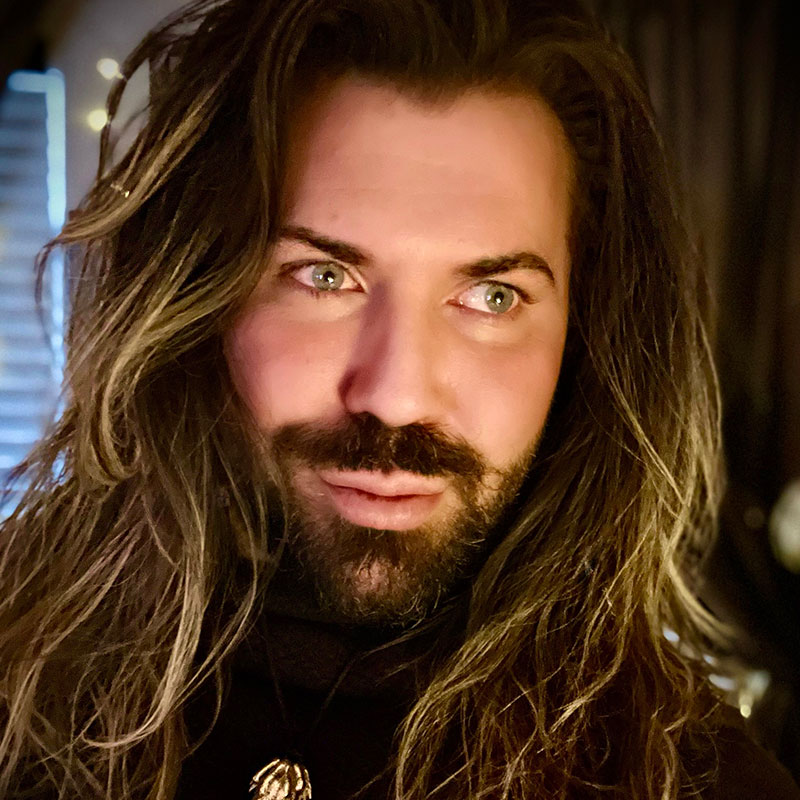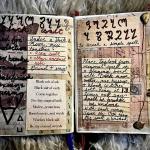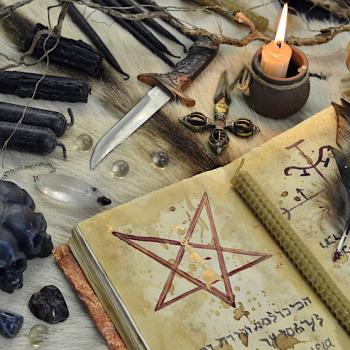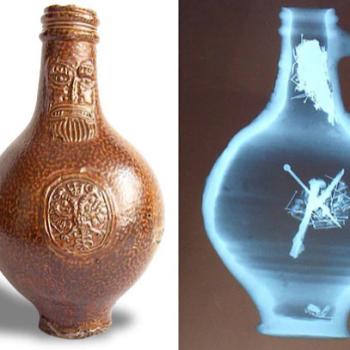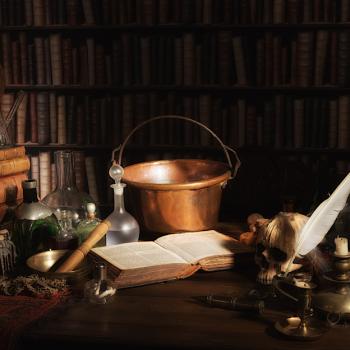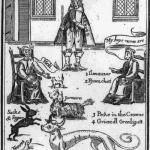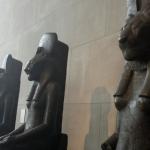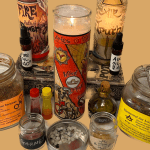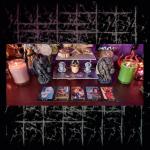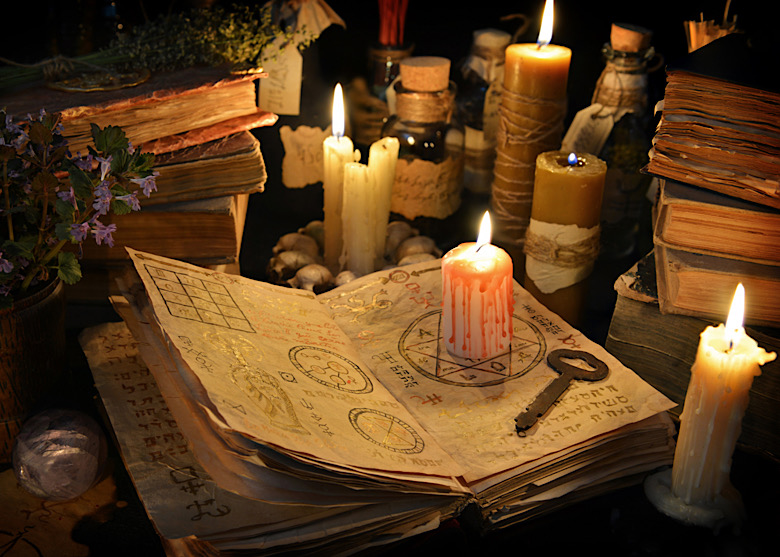
Art sourced from Canva
How many books on the occult or witchcraft have your read? Go on and count. I’ll wait. Now indulge me one more question. How many of them are original content never before seen in any other text? How many of them are about already established traditions, ceremonies, rites, gods, goddesses, spirits, beliefs, languages, etc? This one’s a little tougher because many times, especially as new practitioners, we don’t know till we’ve researched and learned more.
These books contain symbols, invocations, and gnosis that has been collected and shared amongst occultists and cunning folk for many years at this point, but where did it come from? Much of it has evolved through time and taken on new understanding or gets changed and rebranded as new. We know much more about the origins of many traditions and orders today but some still remain a mystery. Some books like Medieval grimoires have unknown authors. Who drew the 72 spirit seals of the Lemegeton? How were the planetary pentacles of the Clavicula Salomonis specifically created?

We as practitioners like to say, there’s no wrong way to do witchcraft, but I think it’s a bit more nuanced than that. Witchcraft isn’t about randomly throwing things in a pot to bring out a new reality. It involves study, a will to try and fail, and most importantly, a cunning mind to see how our craft can be used to manipulate the world around us. While we get much of this from the books we read and even some mentors in our field, we can’t forget one very important part: Personal Gnosis.
Unverified Personal Gnosis (UPG) to be more accurate.
This is the information that comes to you in your practice. It can range from personal plant correspondences, new languages, spirits, and preferred tools all the way to gods and goddesses, preferred offerings, and universal cosmology. I’m here to tell you that every single religion, belief, and spirituality started as someone’s UPG.
Someone wrote accounts of a man they never met, multiple people actually. They wrote about his miraculous birth, his magic, his leadership, and his death hundreds of years after this man died. These accounts even conflict with one another, but several thousand years later, Jesus is still amassing followers. That wasn’t even his original name…
When you, as a witch, walk out into the landscape, what kind of feelings does the wind on your skin inspire? What does the budding tree in spring tell you? How does the song of crickets and cicadas sound to you? What do you experience as an animist, as a magical practitioner? This in my opinion is the first step to personal gnosis, listening to your intuition.
Years ago, I started growing morning glory and moon flower, two species of the Ipomoea plant. I noticed how invasive they are. I watched as the bloomed only at dawn or dusk. I watched as my neighborhood fences, yards, and walkways became dominated by the little purple flowers. This was a powerful plant and I witnessed this all before finding out the folk name for this particular plant is Bindweed. I let the vines speak to me and what I took in was their ability to break through barriers. I learned the flowers that only bloom at the liminal hours of morning and evening were very powerful. They could be used in charms or spells to add a level of power from a liminal place, a crossroads. This was my UPG (unverified personal gnosis). It wasn’t till later I learned of it’s history in binding magic. It wasn’t till over two years later I learned that in hoodoo, master root is used to break through tough situations and assert your will and most importantly that master root comes from the Ipomoea family. These were my experiences that helped verify my gnosis.
Now does gnosis have to be verified by others to be valid or legitimate? Not at all. Your practice is based in your worldview. It’s your cosmology. I live in Texas and associate the Crepe Myrtle tree with love. I even wrote a whole folktale about it in my book Cunning Words: a Grimoire of Tales and Magic. It blooms these soft and ruffled pink, red, and purple petals. In the fall, the buds turn to brown seed pods drying up and cracking open to a 6 pointed star. These husks I use as love dampeners. The dead husks do the opposite of the flowers. No one has verified this for me as it’s my personal gnosis.
Personal gnosis can come to us in many ways. Through meditation or trance work, many people have felt communication between themselves and spirits/deities. This is how many early practitioners started. Occultists and cunning folk used myth and story to outline rituals and folk healing. It was claimed by many practitioners in the past that their work is spirit or deity derived. If you have any experience where you believe your god is telling you something specific, that’s UPG. If you have any sort of spirit communication where you walk away feeling as though you’ve learned something new, that’s UPG.

I have personally dropped the U (unverified) because in all honesty, I don’t need it to be verified by others for it to be valid to my practice. Many in modernity want to see a bibliography in every book with every source sited. This is great in academia but it doesn’t always translate into the craft as long as the author isn’t trying to pass off their UPG as ancient legacy. Grimoires like the Keys of Solomon, the Book of Oberon, the Black Pullet, the Red Dragon, the Greek Papyri, the Petit Albert, the 6th and 7th Book of Moses, the Book of Abramelin, the Book of Honorious, etc do not cite source’s. Huge parts of modern practice stem from these sources without much question.
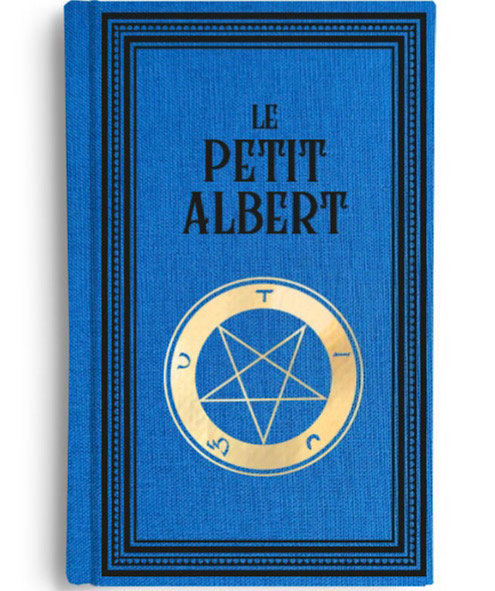
This doesn’t mean that witchcraft and the occult is limitless and unruled, but it does mean that many of the rules and concepts within started with a moment of channeled inspiration, with an ahah experience. That’s completely and totally valid.
From the crossroads of Texas,
Marshall WSL


